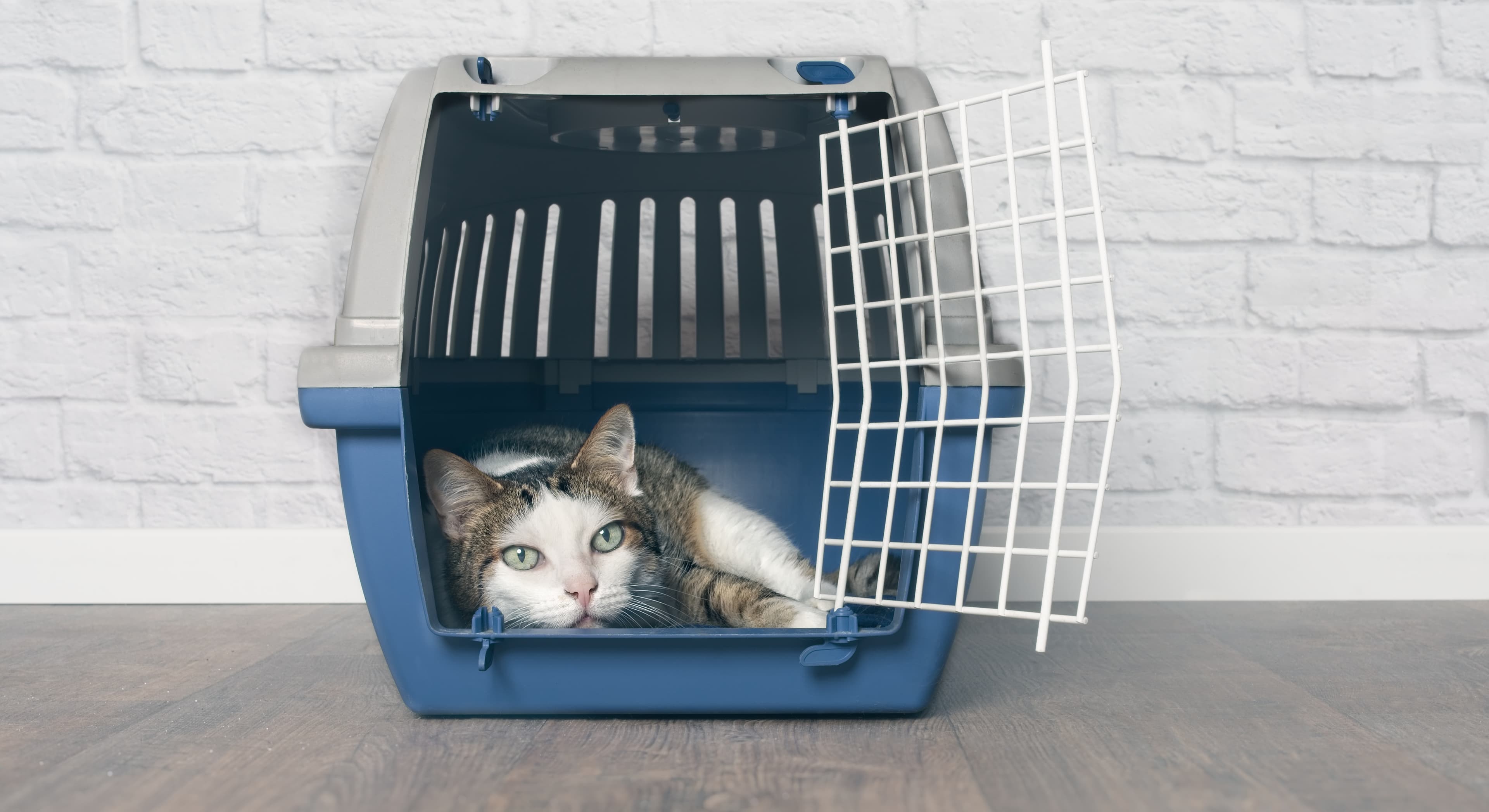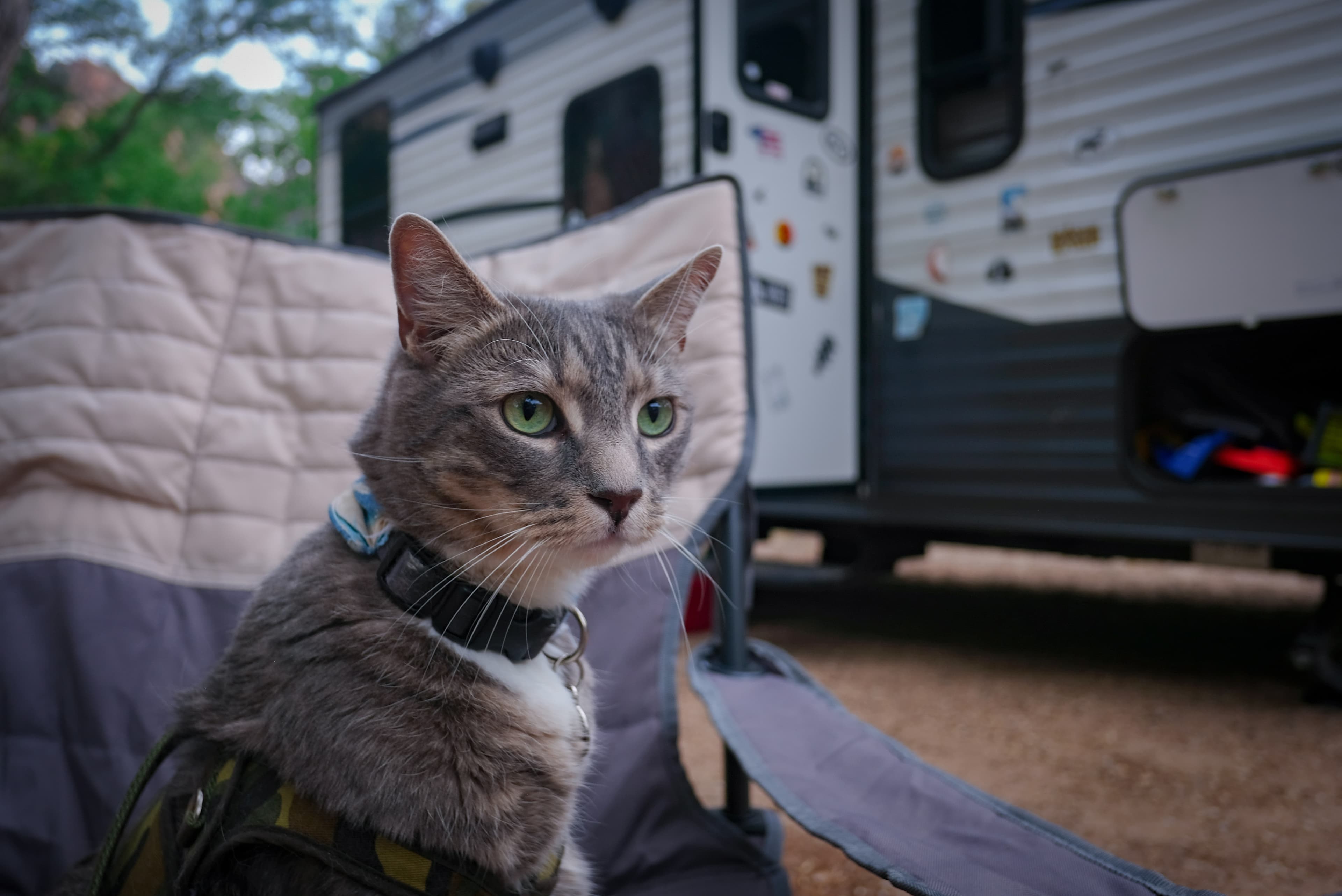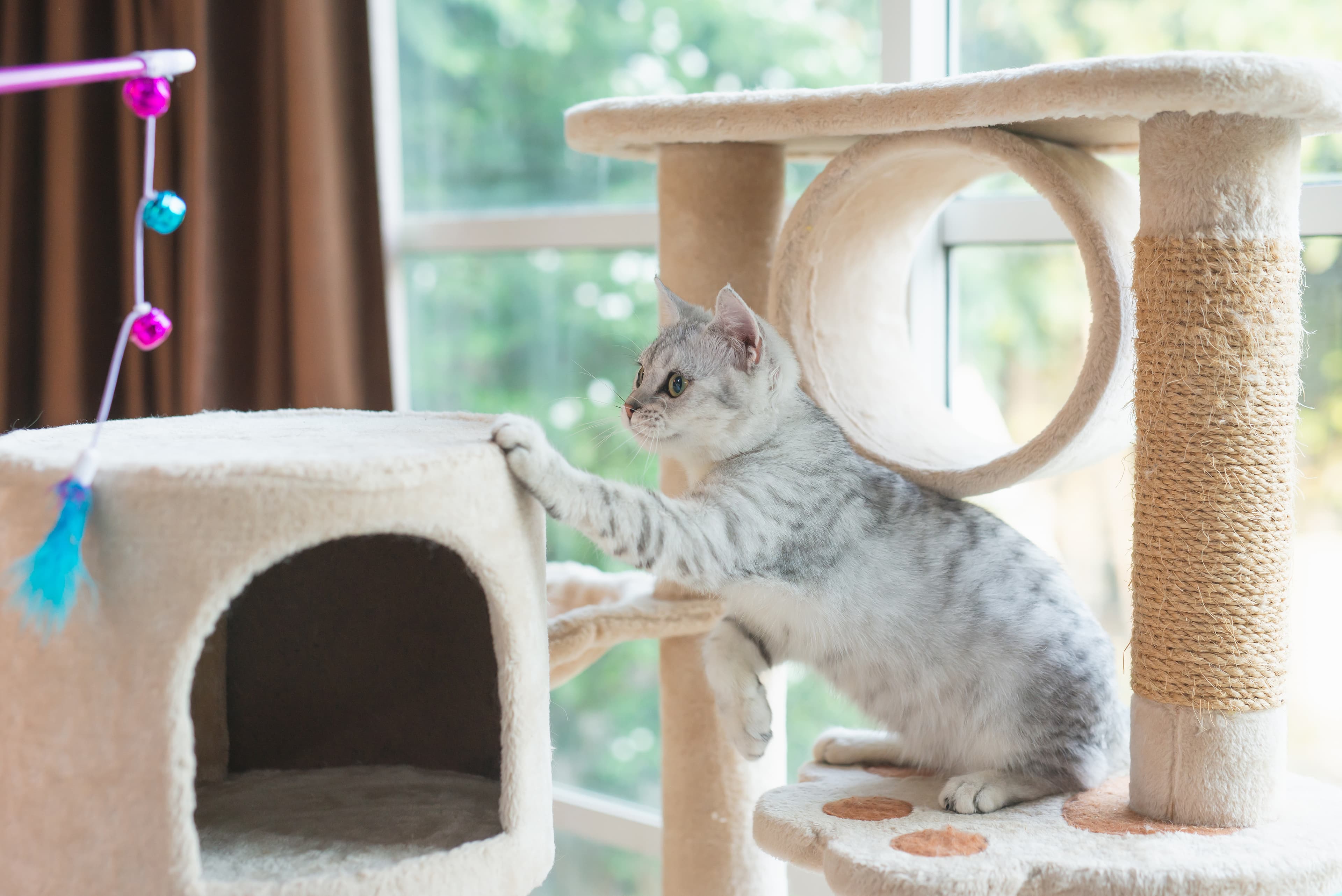Cat and cars
Is it time to go to the landing stage, or maybe to the vet? Wherever you're going, it's good to know what's involved when travelling by car with your cat! When travelling by car with your cat, there are a few important things to keep in mind to ensure that both you and your cat have an enjoyable journey.
Cat carrier
When travelling by car with your cat, always keep it in a secure and spacious carrier. According to the National Board of Agriculture, your cat's carrier should be at least 0.15 square metres in size. Turn to a trusted pet shop when buying a carrier to help you find one that's just right for your cat.
Facilitate with training
Many cats dislike travelling in cars, which is perhaps not surprising. The sound of the engine can be scary and your cat's delicate balance can make it motion sickness and disorientation. To make a longer car journey easier for both you and your cat, it's a good idea to practise driving before you set off on a long journey. You will have the opportunity to do this if you are taking it to the vet or, for example, to your country home. If your cat gets to practise travelling in its carrier, the risk of it becoming stressed is reduced.
Travelling by car with your cat
Once you are in the car, you need to make sure that your cat is not at risk of injury during the journey. Secure the carrier if there is no one to hold it - you don't want to risk your cat being thrown around, as it could get hurt. Don't stack suitcases on or around your cat's carrier - this can cause stress and risk injury to your cat in the event of a sudden braking manoeuvre.
Rest and water
If you're going on a long journey, make sure you take several breaks (about every 6 hours) - a cat can get motion sickness, just like dogs, so it's important to stop regularly and make sure your cat is both eating and getting its needs met.
Hot or cold car
This is very important - don't leave your cat alone in the car, especially if it's hot or cold outside. You should never leave an animal alone in the car if the temperature inside the car could be above +25°C or below -5°C. This also applies if you park the car in the shade and leave a crack in the window. It can quickly become very hot in the car, which can lead to heat stroke, which can cause your cat to die.






